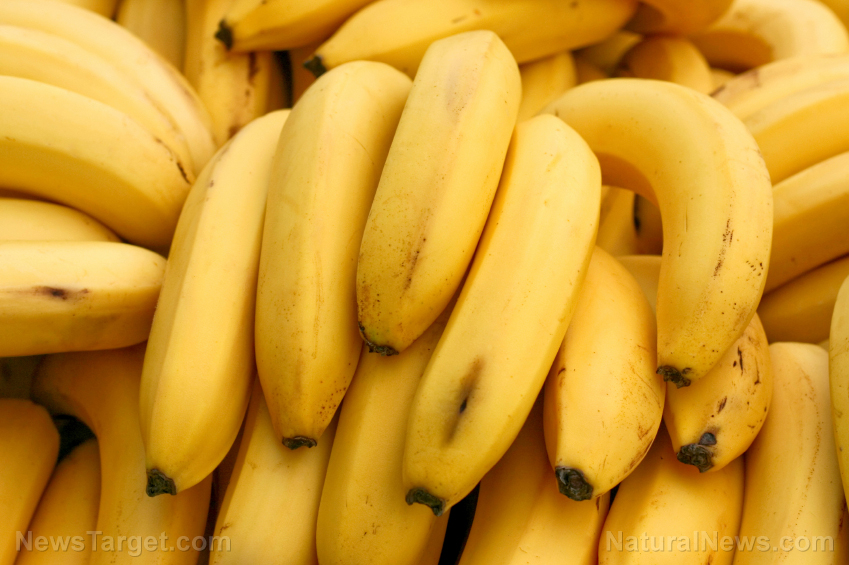
The active compounds found in plants are called phytochemicals. The term used to refer to a wide list of components categorized as lipids, phenolic acids, terpenoids, carbohydrates, alkaloids, and nitrogen-containing metabolites. However, in recent years, the definition of the term has changed to include only bioactive (able to interact with other components of a living tissue), non-nutrient compounds in plants that are effective in treating chronic diseases. One such disease is diabetes.
Wild banana and its antidiabetic potential
To determine the antidiabetic potential of phytochemicals found in M. balbisiana C., researchers decided to extract them from seeds using different extraction solvents. Then, they evaluated the antidiabetic activity of the extracts in terms of their ability to inhibit digestive enzymes such as alpha-glucosidase and alpha-amylase, as well as their ability to prevent glycation and enhance glucose uptake in cell cultures.
Alpha-glucosidase and alpha-amylase are enzymes necessary for breaking down carbohydrates, which is the source of glucose in the blood. Inhibitors of these enzymes are used in the treatment of diabetes because they prevent the presence of too much glucose in the blood. Glycation, on the other hand, refers to sugars attaching onto proteins, forming advanced glycation end-products (AGEs) which are harmful to the body. AGEs are involved in the progression of diabetes and other degenerative diseases.
Based on their results, the researchers concluded that acetone is the best extraction solvent to use. The acetone extract inhibited glycation as well as alpha-glucosidase and alpha-amylase activity better than the other extracts. The researchers were also able to isolate a phytochemical called apiforol from the acetone extract, which showed great potential as an inhibitor of both alpha-glucosidase and glycation. It also improved glucose uptake in L6 myoblasts. Furthermore, molecular modeling showed that apiforol inhibited alpha-glucosidase by effectively binding to its active sites, making it a suitable antidiabetic candidate. Their findings suggested that M. balbisiana C. may be a good addition to an antidiabetic diet due to its apiforol content.
What is diabetes?
Diabetes mellitus is a metabolic disorder that is common worldwide. It is characterized by high concentrations of glucose in the blood caused by either impaired insulin production (Type 1 diabetes), insulin resistance (Type 2 diabetes), or both (later stage Type 2 diabetes).
Insulin is a hormone that is vital for glucose uptake by cells. It is released by the pancreas into the bloodstream to ensure that sugar goes directly into cells to be converted into energy. Low insulin secretion and an abnormal response to insulin prevent this process from happening, resulting in different health problems associated with diabetes. Insulin deficiency is caused by an erroneous response by the immune system that attacks the cells responsible for secreting insulin. What causes this erroneous response, however, is still unknown. On the other hand, insulin resistance is said to be caused by a combination of environmental and genetic factors, as well as lifestyle choices.
Treating diabetes is important – if left uncontrolled, diabetes can be deadly. According to the American Diabetes Association, complications that may arise due to diabetes include neuropathy (nerve damage), glaucoma (eye damage), nephropathy (kidney disease), cardiovascular disease, and ketoacidosis (overproduction of alternative fuels called ketones, which makes the blood too acidic). There is still no permanent cure for diabetes at present. Making healthy lifestyle changes and getting proper treatment the only ways for people with diabetes to prevent complications or to delay their onset.
Sources include:
Please contact us for more information.























